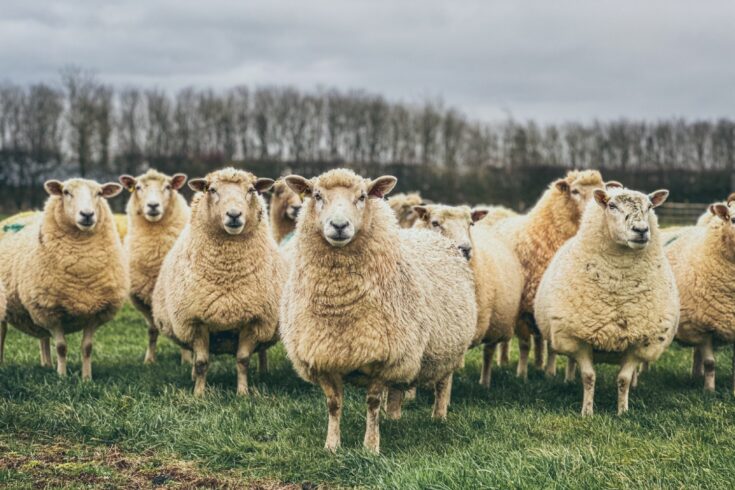The UK’s ageing housing stock presents a significant challenge in reducing carbon emissions, with solid wall homes being among the least energy efficient. To meet net zero targets, the country needs to install external wall insulation (EWI) in 250,000 homes annually by 2025, an enormous increase from the 11,000 homes upgraded in 2019.
Retrofitting for a greener future
Traditional EWI materials, such as mineral wool and expanded polystyrene, come with high embodied carbon costs. Vector Labs and Wool Insulation Wales (WIW) have introduced an innovative alternative, rigid insulation panels made from sheep wool.
This underutilised natural fibre has long been used in low-density insulation rolls but has never been applied in rigid panels. The project focuses on developing a low-energy binding process that allows the wool to form a stiff, durable structure, making it an effective, sustainable insulation material for external walls.
Scaling up an innovative material
Following the completion of an Innovate UK-funded research project in January 2025, Vector Labs and WIW have formed a joint venture, Wull Technologies Ltd, to scale production and commercialise the panels. With pre-seed investment secured, production is set to ramp up to 250 square metres per week over the next six months.
The panels have demonstrated strong performance in thermal insulation and acoustic absorption, making them attractive for both residential and commercial applications. The panels also align with circular economy principles, using what is traditionally a waste product in farming. Wool’s natural biodegradability and nitrogen content make it suitable for eventual composting. Although, in construction settings, it has an extended lifespan of up to 100 years when used in walls and under floors.
Collaboration driving impact
The success of this innovation is built on a strong consortium. Vector Labs leads the research, development and manufacturing of the panels, while WIW contributes sector expertise and drives commercial adoption. This partnership is also engaging with local design businesses, ensuring early deployments in sustainable building projects.
Beyond construction, the technology is attracting attention in adjacent sectors, such as packaging, where the properties of wool-based panels could offer eco-friendly alternatives to synthetic materials. By promoting sustainable materials, this project enhances supply chain resilience and brings economic benefits to rural communities.
Neil Witten, Innovation Lead for Advanced Materials at Innovate UK, said:
Often the smartest innovations are those that look to the natural world for inspiration. Vector Homes new joint venture (Wull Technologies Ltd) utilises sheep wool, which has natural thermal, acoustic and flame retardant properties. Normally a waste product, the material has many attributes of benefit to the built environment and, best of all, it’s more or less an endless local supply.
The path to market
With growing commercial interest, the next step for Wull Technologies Ltd is to refine its market focus and scale production to meet demand. The company plans to raise seed investment in 2026 to expand operations and move to a larger manufacturing facility.

Liam Britnell, Vector Homes’ Co-Founder and Chief Technology Officer. Credit: Liam Britnell
Vector Homes’ Co-Founder and Chief Technology Officer, Liam Britnell, said:
The Innovate UK funding is really the enabler for all this development. It has allowed our two companies to collaborate where we wouldn’t have been able to otherwise due to resources.
It’s been vital in enabling access to the state-of-the-art facilities at the Graphene Engineering Innovation Centre where we have undertaken the early-stage exploratory research and development (R&D) to pre-pilot scaling. It’s allowed us to demonstrate the technology at a scale to generate interest from the market. Derisking this early R&D is vital as it’s too high risk for private investors.
With sustainable construction solutions in high demand, rigid sheep wool panels could play a key role in decarbonising the UK’s housing stock, offering an effective, natural alternative to traditional insulation materials.

